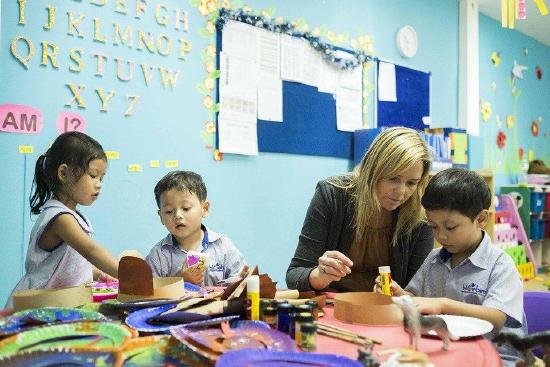29 Benefits of Implementing Meaningful Curriculum
From the moment a child is born, each interaction and experience affects their brain development and lays the foundation for future success. Research on brain development shows that early experiences are essential. It is suggested that if children are not interested in what they are learning, and if it is not meaningful or connected to their cultural practices, they will not create new neural pathways in which to store new knowledge. Subsequently, children will not retain information or learn as intended. As suggested in the California Early Learning Foundations, well-planned curriculum provides opportunities for children to use, build, and master skills. With every engaging activity, children are encouraged to investigate key concepts in mathematics, science, and literacy, explore their creativity, establish relationships with peers, and develop self-efficacy skills. [1]
It is important to note that thoughtful curriculum planning does not just impact children for that present moment. A high-quality program that incorporates meaningful curriculum can provide long-lasting benefits. As demonstrated with the Abecedarian Project, a vastly recognized longitudinal research study that followed a group of 111 children into adulthood, not only did the children who received high-quality child care outperform their peers in math and reading, 30 years later project participants continued to exhibit significant merits as compared to their counterparts in the control group. More specifically, children that participated in the Abecedarian Project were four times more likely to earn a college degree. Additionally, it was reported that “Twenty-three percent of the participants graduated from a four-year college or university compared to only 6 percent of the control group.” Other significant benefits included: participants were more likely to have been consistently employed (75 percent had worked full time for at least 16 of the previous 24 months, compared to 53 percent of the control group) and less likely to have used public assistance (only 4 percent received benefits for at least 10 percent of the previous seven years, compared to 20 percent of the control group). They also showed a tendency to delay parenthood by almost two years compared to the control group. Project participants also appeared to have done better in relation to several other social and economic measures (including higher incomes) but those results were not statistically significant. [2]

- From Early Child Development to Human Development (2002). The International Bank for Reconstruction and Development / The World Bank. Retrieved from https://openknowledge.worldbank.org/bitstream/handle/10986/13950/239490PUB0Repl0top0150500same0info0.pdf?sequence%3D1%26isAllowed%3Dy ↵
- Virginia Tech. (2012). Benefits of high-quality child care persist 30 years later. Retrieved from https://research.vtc.vt.edu/news/2012/jan/19/benefits-high-quality-child-care-persist-30-years-/ ↵

